Fans of the film Gladiator (2000) may have already dug into the rich history behind Rome’s fiercest fighters, and are surely brushing up on their research before the sequel, Gladiator II (2024), is released in November. Of course, with six centuries of games and countless legends circling the arena, there is always more to learn.
Whether you’re a novice in the bloody history of the arena, or polishing up your knowledge of the gladiatorial games, you’ll want to check out these books on the history of gladiators and some of Rome’s most infamous fighters.
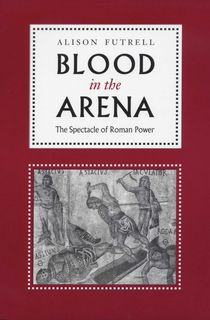
Blood in the Arena
Without the arenas, there would have been no stage for the spectacle of the gladiatorial games, and, more importantly, no place to house their audiences. In Blood in the Arena, Alison Futrell explores the role of the arena as a social and political institution that restructured Roman authority, and studies how the spread of amphitheaters enabled Roman cultural diffusion across the Western Empire. Futrell examines the larger implications of the arena as a venue for ritualized slaughter and how the competition came to develop political and religious overtones as the Roman mob demanded more.
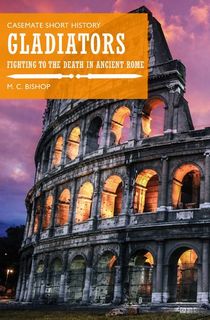
Gladiators
Archaeologist, author, and Roman military expert M.C. Bishop provides a concise history of the Roman gladiators and their evolution from slaves pitted against each other to valuable assets and prize fighters worshipped by the crowd. Bishop’s military perspective allows for in-depth examination of gladiatorial combat in all its forms, the development of training schools, the weapons used, and how gladiators were selected for each match.
Gladiators is a “treasure trove of information spanning hundreds of years of gladiatorial combat,” in a neat package including archaeological evidence for a comprehensive understanding (Army Rumour Service).

Gladiators & Beast Hunts
There were more than just gladiators fighting and dying in the arena, and in Gladiators & Beast Hunts, Dr. Christopher Epplett examines all of the arena sports of ancient Rome, placing particular focus on gladiatorial combat and venationes, or beast hunts. The venationes were almost as popular as gladiatorial fights, pitting men against various animals like lions, tigers, elephants, and rhinos, which had been trained to kill in the arena.
The evolution of these fights and the role that gladiators played in them are an essential detail of the history of the Roman games, as well as the unique training, equipment, and fighting styles used to prepare the animals for the arena and the behind-the-scenes infrastructure that allowed for their transport and successive slaughter.

Spartacus
A gladiator who lived and fought during the first century BCE, Spartacus was perhaps one of the most popular figures of Roman legend. But, as Aldo Schiavone ventures to illustrate in Spartacus, he was also a real man enslaved by the Roman army and forced to train as a gladiator to fight to the death for an audience.
Spartacus is known for having led an uprising of gladiators against their masters and instructors, but Schiavone tells the much more complicated story of an army commander trying to protect his people from the imperial power of Rome and the hand he was dealt that shaped him into the legend we know today.
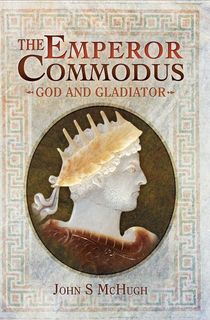
The Emperor Commodus
Gladiators, while heroic figures to the people of Rome, were often no more than valuable property to the nobles and politicians who owned them. The Emperor Commodus, who also fought as a gladiator, is an exception to this.
Commodus is most famously known for his portrayal as a villain in the film Gladiator (2000). As emperor for 12 years, Commodus managed to anger enough of the empire to earn him a centuries-long reputation as a debaucherous megalomaniac, and that mantle may not be far from the truth.
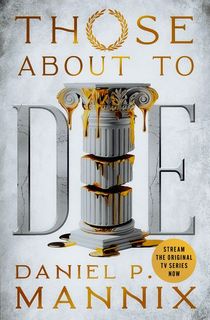
Those About to Die
As the inspiration for the original Gladiator (2000) and the basis of a Peacock television series by the same name, Those About to Die is the foremost resource of the history of the ancient Roman games and the gladiators. Daniel P. Mannix examines every aspect of the games, from the architecture and construction of the amphitheaters to the vigorous training of gladiators and gruesome slaughter of beasts and men alike in the arena, all within the social and political context of imperial Rome.

The Real Gladiator
Tony Sullivan sets out to establish the real history behind the modern world’s favorite fictional gladiators by examining the historical figures they’re based on. Generals Pompeianus and Maximianus, the inspiration behind General Maximus Decimus Meridius played by Russell Crowe in the 2000 film Gladiator, are introduced to readers alongside the real Commodus and the philosopher-emperor Marcus Aurelius, whose rule influenced the devolution of the gladiatorial games. Sullivan compares fight scenes from the film with surviving accounts of real gladiatorial combat, as well as the weapons, warfare, and theatrics of the games as displayed on the silver screen.
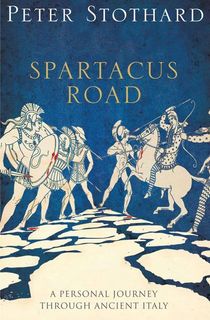
The Spartacus Road
In The Spartacus Road, Peter Stothard travels the 2,000 mile route through the Italian countryside along which Spartacus and his army of rebels outfought the Roman forces in 71 BCE. Spartacus led an army of slaves in a historic uprising against the Roman Empire, the relative success of which was something no enemy of Rome had ever known.
From Capua to Vesuvius, Stothard follows the path of Spartacus and his rebels as they fought for their freedom against all odds and managed to hold off the Roman army for nearly two years before their efforts were defeated.

Gladiators and Caesars: The Power of Spectacle in Ancient Rome
To understand the gladiatorial games, one must also examine the emperors who produced them. As Köhne writes, the ancient Roman games were political tools used to boost the Roman mob’s support for candidates in upcoming elections.
But how did the Roman people come to crave such violence? And how does their hero-worship of the gladiators and the deadly fights compare to modern media coverage of sports and athletes’ super-fans? Eckart Köhne seeks to answer these questions and more in Gladiators and Caesars: The Power of Spectacle in Ancient Rome.

The Gladiators: History's Most Deadly Sport
For centuries, gladiators were worshipped for their courage and skill and despised for their lowly status simultaneously. Tens of thousands died fighting in the arenas throughout Rome and its colonies, propelled by the insatiable bloodlust of the crowds cheering them on.
Fik Meijer, a professor of ancient history, pieces together thousands of documents, testimonies, and engravings. For a comprehensive understanding of a gladiator’s complicated existence, The Gladiators: History’s Most Deadly Sport is a must-read.
This post is sponsored by Open Road Media. Thank you for supporting our partners, who make it possible for The Archive to continue publishing the history stories you love.


